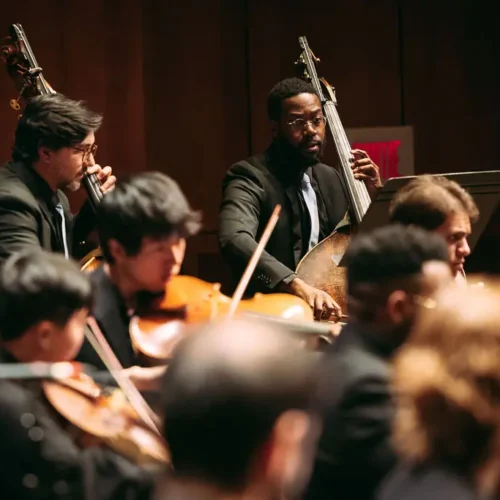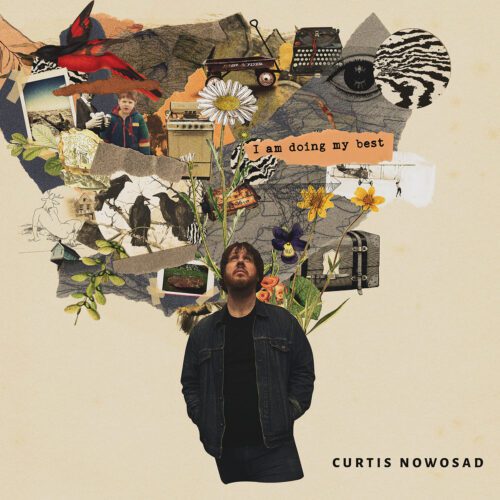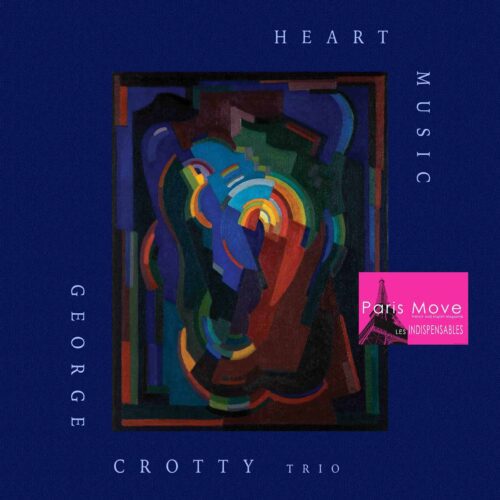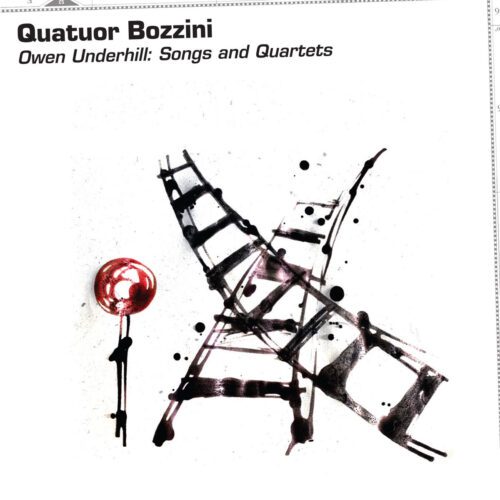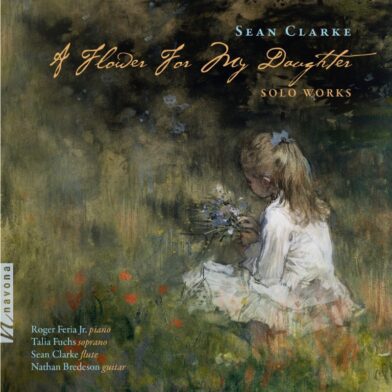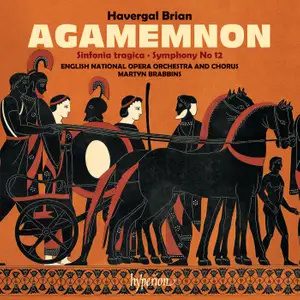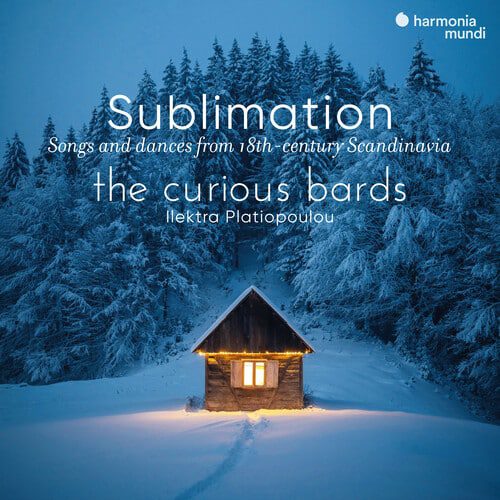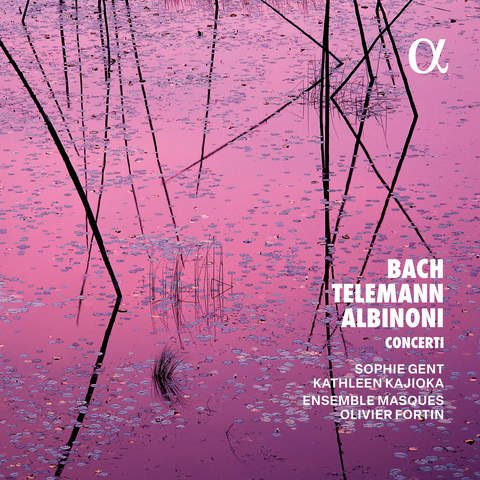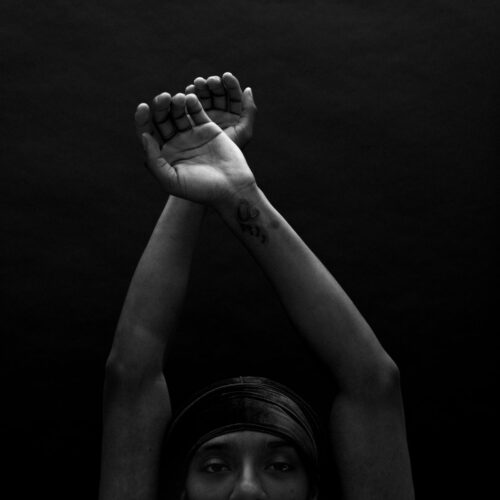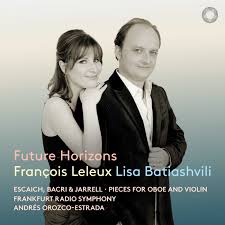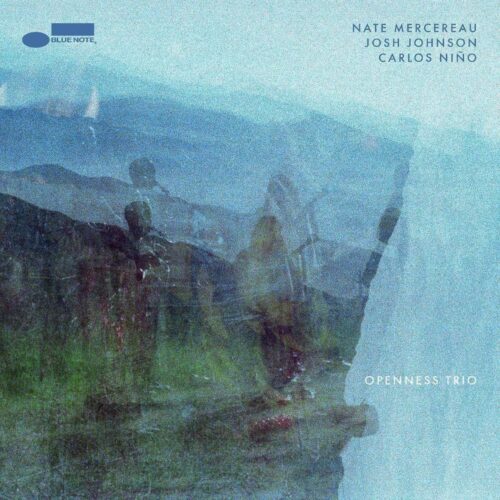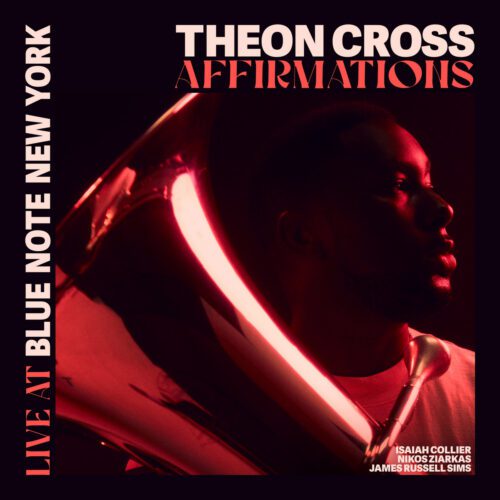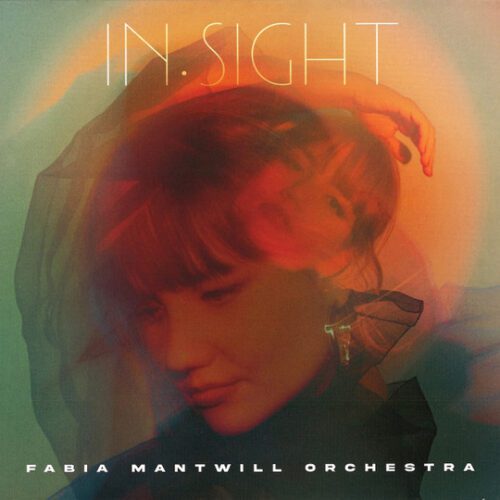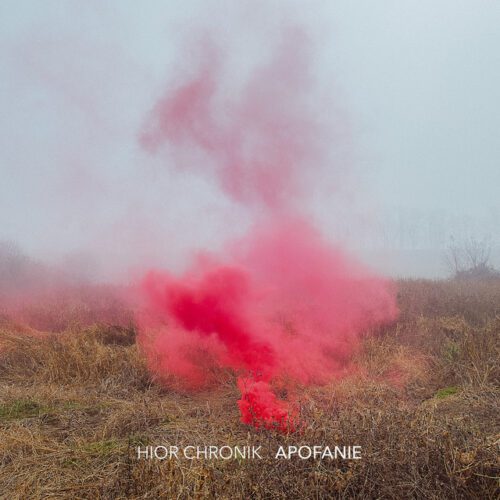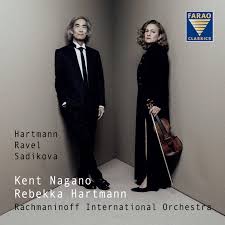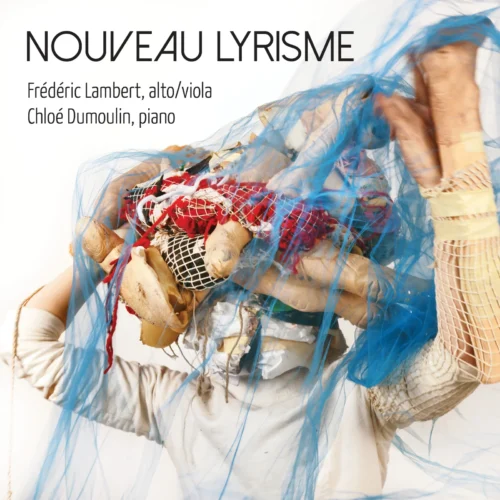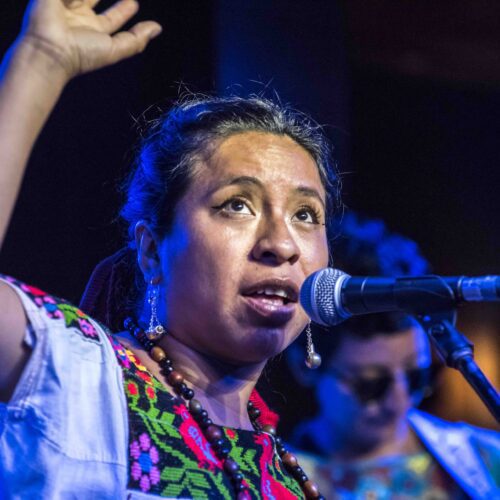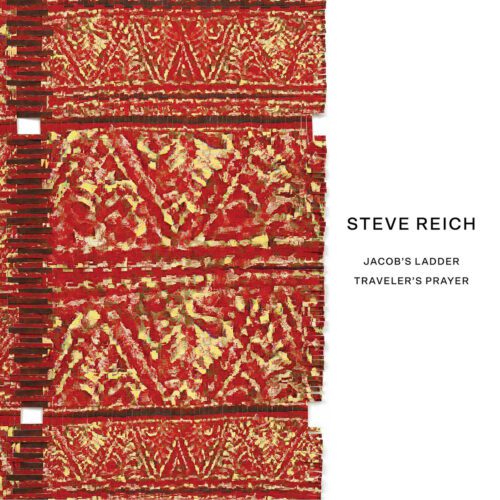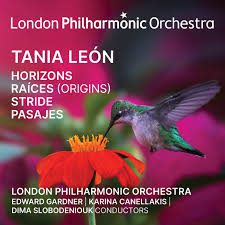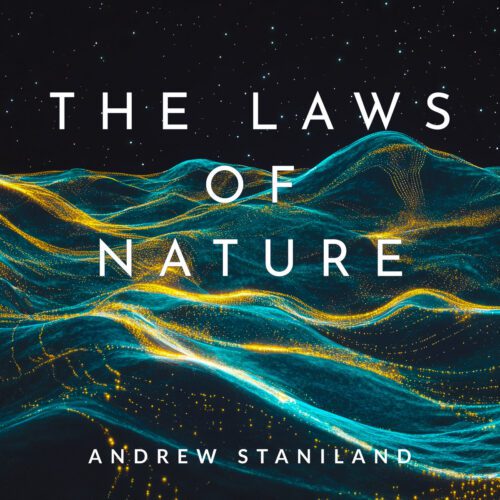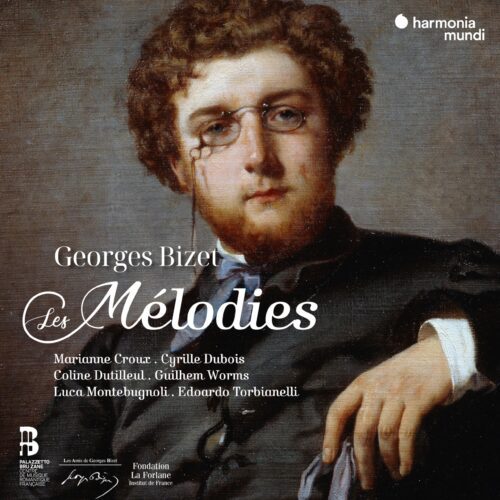It’s been a while since the Nelligan saxophone quartet offered us an album: Consonances modernes in 2013. It was their second, following L’Art de la fugue… from 1995! Rupture is their third opus in 30 years. That said, it’s quality.
On the program, four pieces by just as many Canadian composers, disparate in style, but all featuring a broad panoply of sonorities and textures for an ensemble of four saxophones. Yoel Diaz Avila’s Concerto en 6 préludes is a pleasant encounter between the repetitiveness of Minimalism and the inflections of Latin music. A sure-fire concert hit.
In a previous review (READ HERE), I described Alexandre David as “a major young voice in Canadian art music”. Essences won’t make me deny that gospel. The almost ten-minute piece constructs a sustained narrative discourse in which various colors and expressive moments follow one another in a broad phrasing of changing nature and atmosphere. Essentially calm and drawn like an impressionist abstraction, the work is inhabited in two or three short passages by a few more intense dynamic climbs. Alexandre David writes superbly well and succeeds in creating a universe that is certainly demanding, but also attractive.
Victor Herbiet’s Danse des dragons takes us back into consonant territory, with a delicately textured piece whose harmonic and melodic contours are discreetly reminiscent of the East Asian musical universe. Two-thirds of the piece is rather contemplative (and very nicely so!), ending with an exciting rhythmic surge that recapitulates the themes heard. For me, it’s a wonderful discovery!
The final piece on the program is Robert Lemay’s Verticales. It’s also the longest at over 17 minutes. In the vast range of styles associated with so-called contemporary music, Verticales walks a well-trodden path. The sonorities created, the rigorous atonality, the uneven, unfocused rhythms, all correspond to the stereotypical idea that the casual listener may have of today’s academic art music. This is what I call pointraitism, a musical language made up of dots (points) and dashes (long traits) of sound fluttering around an auditory field. This is what has been called avant-garde for several decades. But what avant-garde lasts that long, may I ask? My point is that, in a sense, we’ve heard it all before.
Having said that, this in no way detracts from the great rigor of the piece and its interest for the most demanding music lover, in search of technicalism where the precision of gesture and the creation of ultra-purified sounds is equalled only by the intellectual satisfaction of listening. In this genre, I like it a lot, even if I seem to be quibbling.
Excellent performances from the four saxophonists, who hopefully won’t wait another decade before recording new interpretations.
Soprano saxophone: Jennifer Lachaîne
Alto saxophone: Corinne Lanthier
Tenor saxophone: Isabelle Choquette
Baritone saxophone: Mathieu Gaulin
Guiro and claves: Yoel Diaz Avila (on Concerto in 6 preludes)

